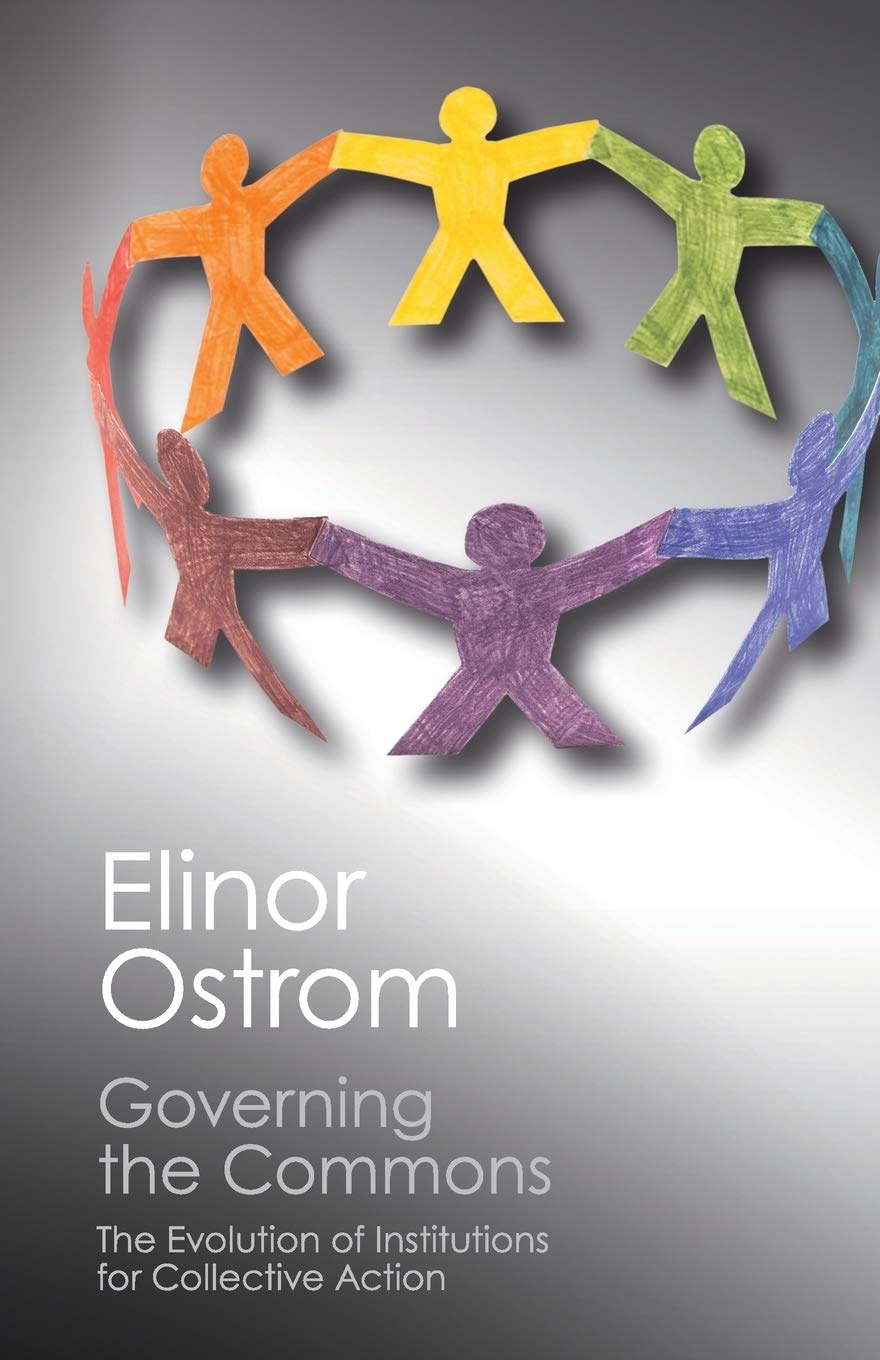H.R. 287: Amend the Elementary & Secondary Education Act to ensure that educational agencies post curriculum online
- Home Page 263

Kentucky Derby
This content is accessible to paid subscribers. To view it please enter your password below or send mike@standardsmichigan.com a request for subscription details.
Electrical Code Administration
How much of a legacy electrical system should be replaced and/or modified when the building (or groups of buildings) that it supplies is renovated architecturally or mechanically? What should be the criteria to establish the boundaries of the power chain to be modified and who should have authority to make this decision?
A proposal to enlighten the debate on this question was presented to National Electrical Code Code-Making Panel 1 with the following substantiation:
“The education facilities industry is the largest non-residential building construction market in the United States; building and renovating campus square footage at a clip of about $80 billion per year. Construction activity at the University of Michigan alone (with 36 million square feet under management and the largest campus in the US in terms of building square-footage) runs at an annual rate of $600 million to $ 1.2 billion annually so the evolution of electrical systems is in plain sight on a daily basis.
This proposal is intended to generate discussion about the degree to which the scope of electrical renovation/rehabilitation shall be permitted to be scaled according the site specific conditions that govern safety and economy. For example, many building codes may require that a 50% change in the square footage affected by a rehabilitation/renovation project may require a corresponding change in the electrical system. That change may or may not be justified on the basis of safety considerations alone. Conversely, the 50% criterion may not be a sufficient threshold to guarantee safety. While this model language for electrical administration may always be subordinate to the building codes, some model language that has been vetted through ANSI processes; that makes scalability a possibility would be welcomed from the standpoint of both both safety and economy.”
The transcript of the proposal — and the committee response — is linked below.
2020 NEC Public Input No. 3884-NFPA 70-2017 [ Section No. 80.21(C) ]
Note that the committee in the 2020 revision cycle appears to be of “mixed mind” with the use of the term – “shall be permitted” — a term that challenges many technical committees — and regulatory document administration professionals — operating under ANSI-accredited standards developers. Some consensus documents avoid the term “shall be permitted” altogether. Nevertheless, NEC Article 80 — an optional legislative article developed for use by state and local governments — is the only “sample legislation” document that receives periodic review by an accessible, balanced and transparent set of stakeholders administered by the National Fire Protection Association.
A modification of this concept was submitted to Code Making Panel 1 writing the 2023 NEC. A transcript of the Proposal are linked below:
2023 National Electrical Code Public Input Proposals to CMP-1
The proposal drew a pro-forma response, deferential to the International Code Council catalog.
The 2023 National Electrical Code has been released and available for public use. Work on the 2026 National Electrical Code begins November 1, 2022.
We maintain model building code issues on the standing agenda of our twice-monthly Power teleconferences and collaborate closely with the IEEE Education & Healthcare Facilities Committee on the same day. See our CALENDAR for the next online meeting.
Issue: [15-277]*
Category: Electrical, Administration & Management, Facility Asset Management
Colleagues: Mike Anthony, Jack Janveja, Jim Harvey, Kane Howard, Richard Robben
*The original University of Michigan standards advocacy enterprise was involved in reviewing the original Article 80 when it was first released as an Annex in 2002.
Insurance
This content is accessible to paid subscribers. To view it please enter your password below or send mike@standardsmichigan.com a request for subscription details.
New update alert! The 2022 update to the Trademark Assignment Dataset is now available online. Find 1.29 million trademark assignments, involving 2.28 million unique trademark properties issued by the USPTO between March 1952 and January 2023: https://t.co/njrDAbSpwB pic.twitter.com/GkAXrHoQ9T
— USPTO (@uspto) July 13, 2023
Standards Michigan Group, LLC
2723 South State Street | Suite 150
Ann Arbor, MI 48104 USA
888-746-3670




















